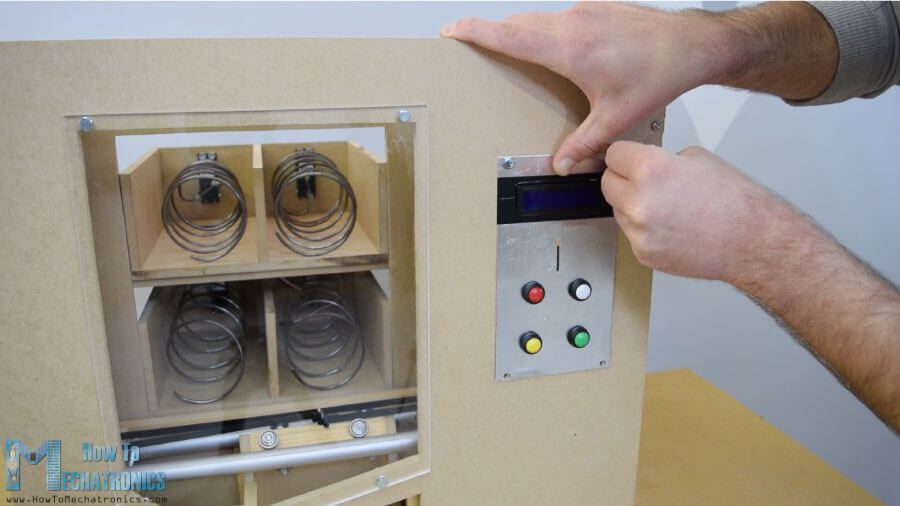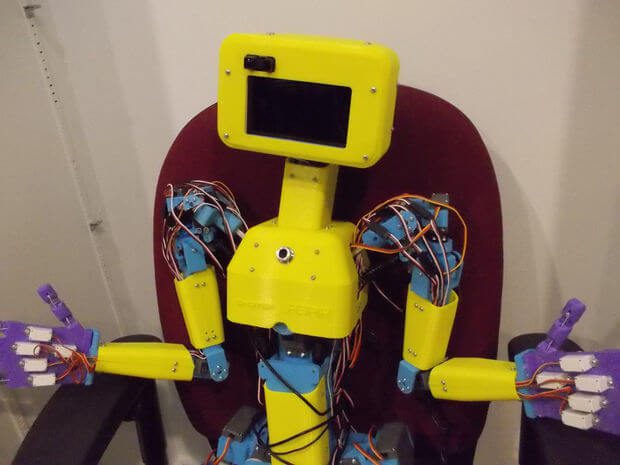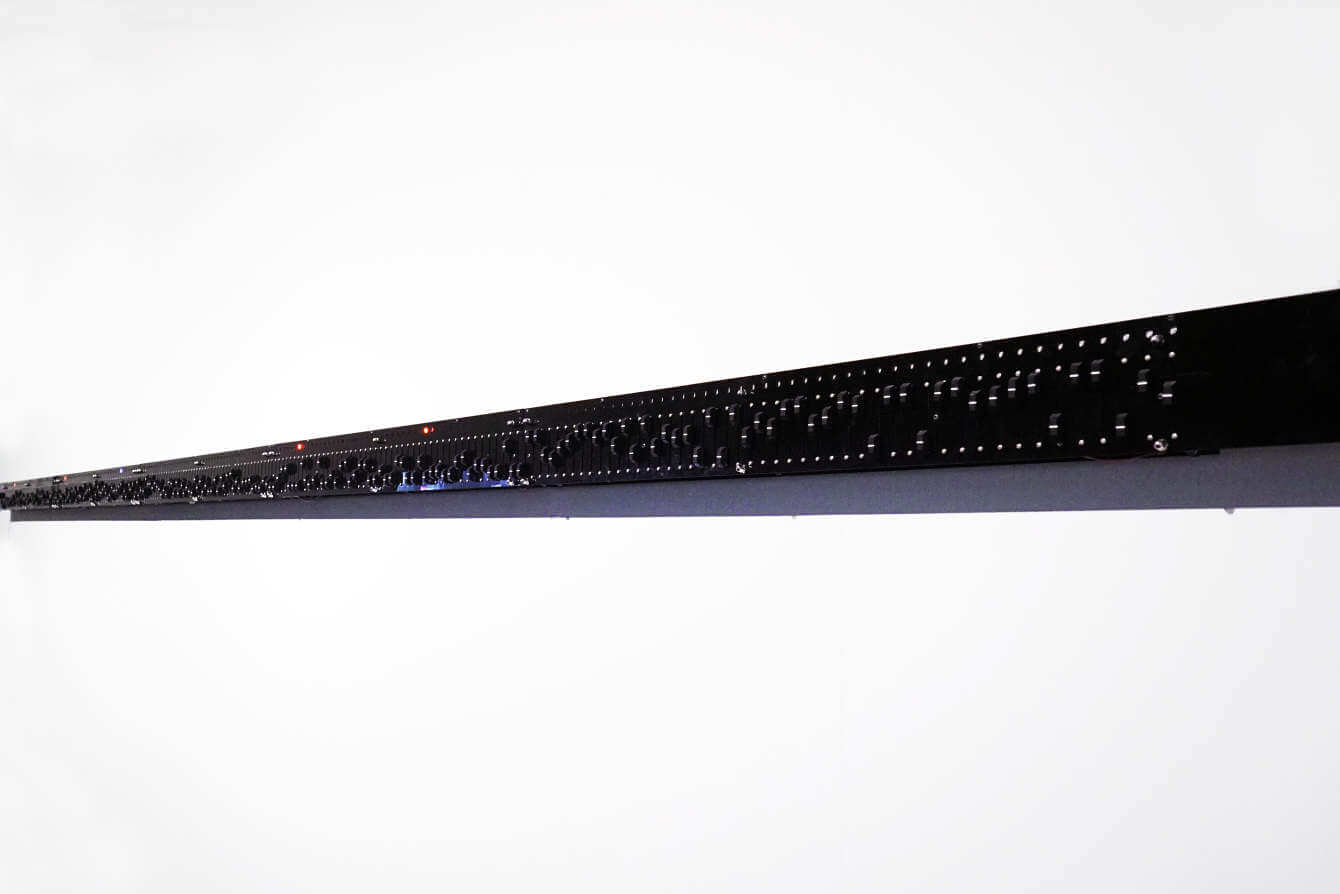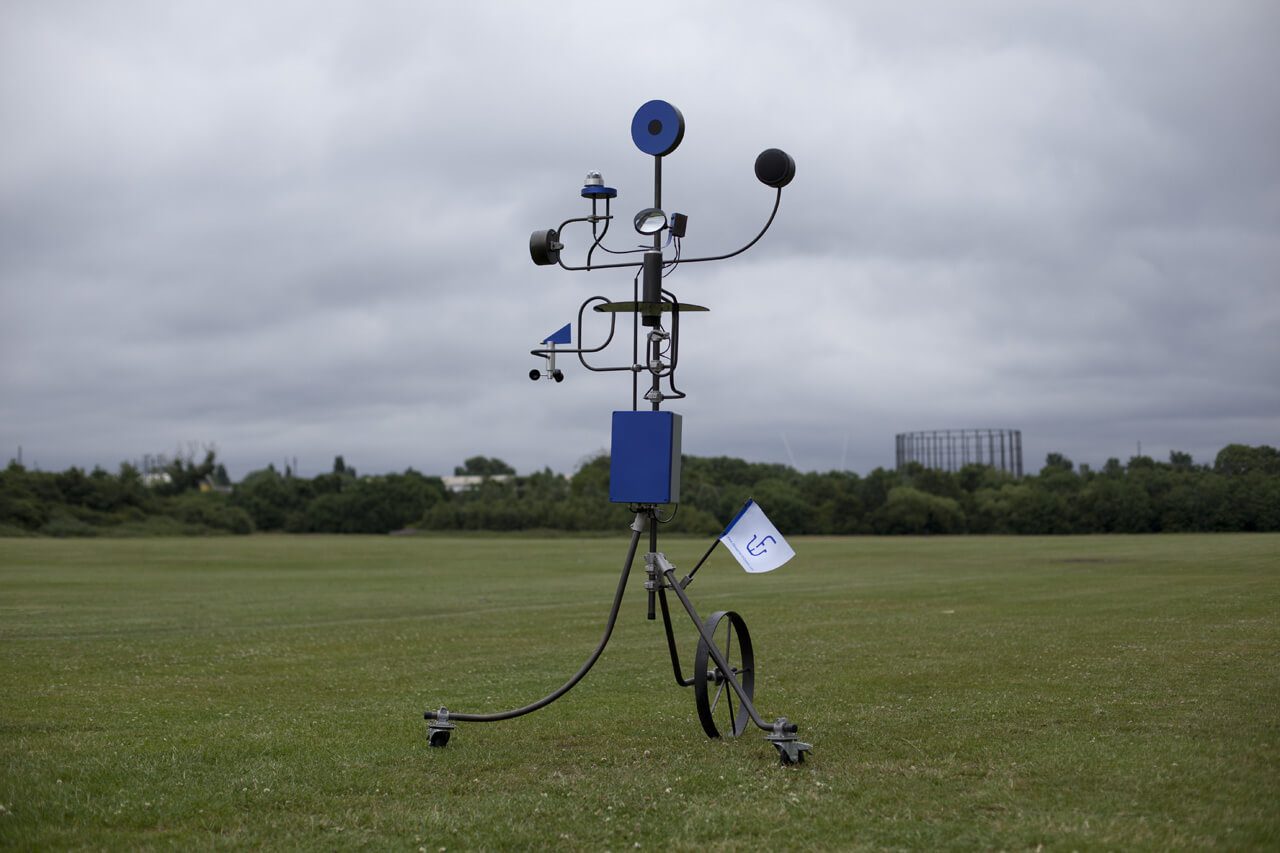Schlagwort: mega
-

3D-printed miniature roller coaster powered by Arduino Mega
Reading Time: < 1 minute3D-printed miniature roller coaster powered by Arduino Mega Arduino Team — December 13th, 2017 While many enjoy roller coasters, few can claim the same dedication of engineer Matt Schmotzer, who 3D-printed a 1/25th scale replica of Invertigo, a boomerang coaster at Kings Island in Ohio. As reported on 3D Printer Chat,…
-

DIY vending machine with Arduino
Reading Time: < 1 minuteDIY vending machine with Arduino Arduino Team — November 17th, 2017 Have you ever wanted a vending machine for snacks but didn’t know where to start? With an Arduino Mega, some motors, and an infrared sensor to detect coins, Dejan Nedelkovski decided to build his own using only hand tools. The DIY vending machine’s structure…
-

Creating a classroom quiz machine with Arduino
Reading Time: 2 minutesCreating a classroom quiz machine with Arduino Arduino Team — November 14th, 2017 Quiz games, where contestants try to “buzz” in and answer questions make for fun televised game shows, but they can also be great for making learning fun. In order to avoid paying several hundred dollars for an official quiz…
-

ASPIR is a full-size, Arduino-powered humanoid robot
Reading Time: 2 minutesASPIR is a full-size, Arduino-powered humanoid robot Arduino Team — November 3rd, 2017 Building robots can be difficult, and if you want to construct something humanoid, designing the mechanics alone can be a significant task. ASPIR, which stands just over four feet tall, looks like a great place to start. John Choi’s…
-

An Arduino-controlled geodesic greenhouse and chicken coop
Reading Time: 2 minutesAn Arduino-controlled geodesic greenhouse and chicken coop Arduino Team — November 1st, 2017 Danish industrial design student Mikkel Mikkelsen decided to do something a little different this spring, and constructed a self-sufficient geodesic greenhouse dome. His dome, which was planned using this online calculator, now stands roughly 13 feet tall, providing space for…
-

Ivy is a massive 240-step sequencer
Reading Time: 2 minutesIvy is a massive 240-step sequencer Arduino Team — October 24th, 2017 Most musical sequencers use an array of buttons to control sounds played in 16 or perhaps 32 steps. As seen here, Moscow-based artist Dmitry Morozov (aka ::vtol::) created an installation called “Ivy” wth not 16, but 240! The sequencer is…
-

The Weather Followers randomizes your digital experience
Reading Time: 2 minutesThe Weather Followers randomizes your digital experience Arduino Team — October 20th, 2017 As our lives become more and more automated, we tend to rely on computers and unseen algorithms to “protect” us from unapproved experiences. In order to illustrate this concept, and hopefully introduce serendipitous events to our digital lives, David…
-

Kim Dotcom’s MEGA Exits Out Of Beta With Improved UI, New Features
Reading Time: < 1 minuteEarlier this year, Kim Dotcom launched MEGA into beta as the file-hosting service offers some nice perks such as giving users 50GB of storage for free among other things. It’s been ten months since the debut of MEGA, and today, the service has been taken out of beta. With its…







